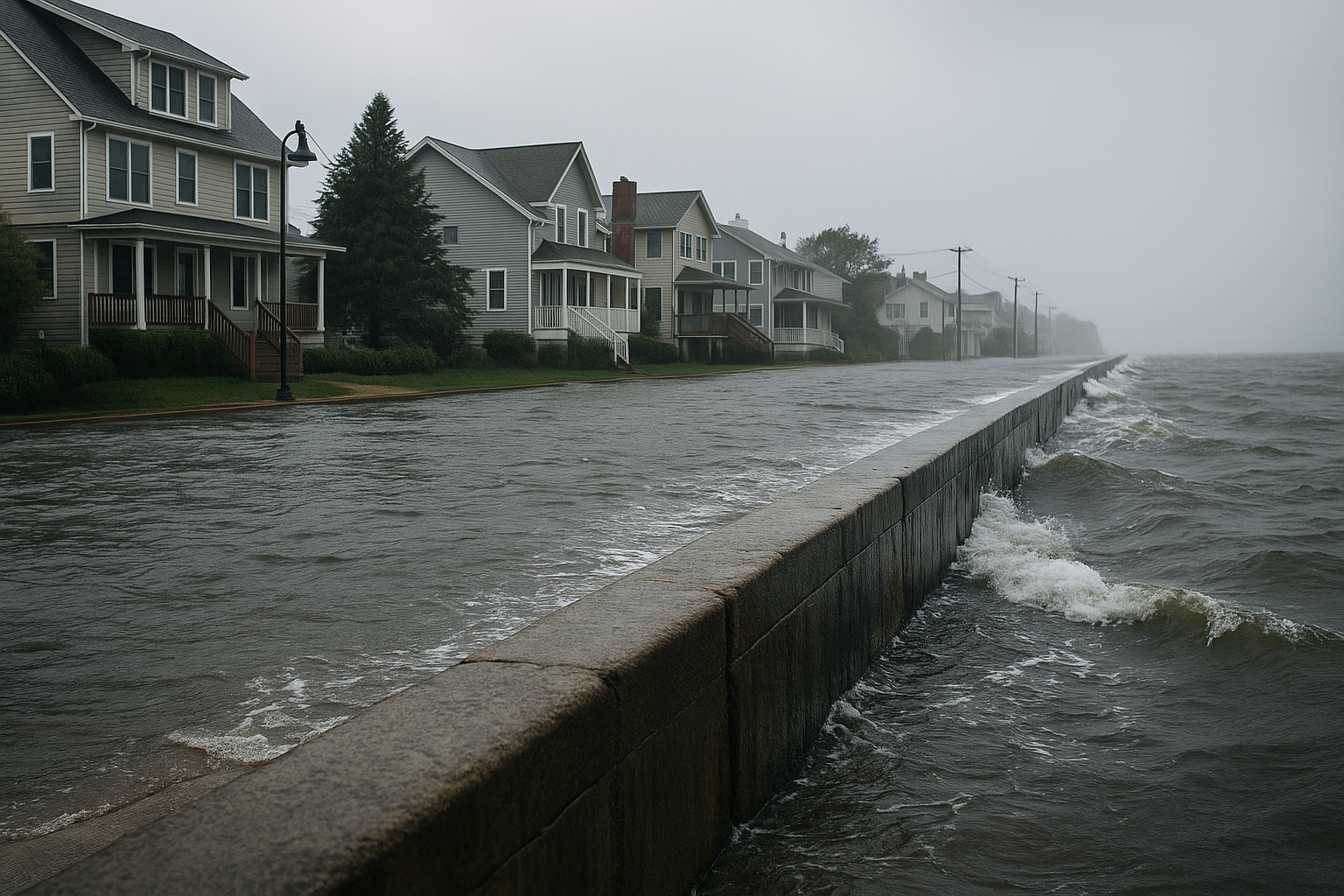AI makes coastal flood risk assessment instant and precise

Researchers have developed an AI-enhanced solution that promises to transform how coastal communities prepare for and respond to flooding. The research, titled “AI-Enhanced Coastal Flood Risk Assessment: A Real-Time Web Platform with Multi-Source Integration and Chesapeake Bay Case Study” and published in Water, introduces a web-based platform capable of delivering highly accurate, real-time flood predictions without the need for high-performance computing or specialized expertise.
The platform, named Coastal Defense Pro, combines artificial intelligence with multi-source data integration to provide actionable risk assessments for vulnerable coastal regions. The study highlights its successful application in the Chesapeake Bay area, offering a powerful tool for both emergency managers and policymakers.
How does the AI platform revolutionize flood risk assessment?
Traditional flood models require extensive computational resources and expert intervention, making them inaccessible to many local authorities. The platform addresses these limitations by offering a browser-based system that integrates real-time data streams from NOAA, FEMA, USGS, and other agencies. Users can access high-resolution flood predictions instantly, without the burden of complex modeling or costly hardware.
Under the hood, the platform is an adaptive machine learning calibration system. This feature automatically corrects regional biases that plague conventional models. For instance, during the case study of Hurricane Isabel, the AI-driven system reduced overprediction errors from 197% to near zero. Such precision is critical for communities that must make rapid decisions when facing extreme weather events.
The platform’s performance benchmarks reinforce its practicality. It consistently delivers responses in under three seconds while maintaining uptime above 99 percent. This level of accessibility ensures that even small municipalities, often lacking technical infrastructure, can leverage cutting-edge flood prediction technology to enhance preparedness.
Why is this technology a game-changer for coastal communities?
The novel platform has profound implications for disaster resilience and economic sustainability. Floods remain one of the costliest natural disasters worldwide, and the ability to predict and mitigate their impact has significant financial and human benefits.
The study incorporates an economic impact analysis, demonstrating how the platform supports cost-effective adaptation strategies. At the U.S. Naval Academy, where flood protection investments were evaluated, the system projected a payback period of just 12.7 years. Moreover, Monte Carlo simulations estimated that avoided damages per major flooding event could range between $22 million and $33 million.
By democratizing access to advanced flood modeling, the platform empowers local decision-makers with tools previously limited to well-funded research institutions. Emergency managers can now identify high-risk zones, optimize evacuation plans, and prioritize infrastructure investments in real time. This not only strengthens community resilience but also supports equitable adaptation for regions disproportionately affected by climate change.
Furthermore, the AI platform enhances situational awareness during active storms. Real-time calibration allows it to adapt to changing conditions, providing dynamic updates as weather events unfold. This responsiveness can mean the difference between timely evacuations and catastrophic losses.
What’s next for AI in coastal flood protection?
While the results are promising, the research also outlines areas for future development. One priority is integrating compound flooding models, which simulate the combined effects of storm surge, riverine flooding, and rainfall. This would enhance the platform’s predictive power in complex scenarios where multiple hazards interact.
The study also calls for improving the representation of wave processes, which can significantly influence coastal flooding during extreme storms. Incorporating these factors will make the platform even more robust across a variety of coastal environments.
The author stresses the importance of continuous learning and expansion. The platform is open-source and designed to evolve as new data sources and modeling techniques become available. This adaptability ensures that it remains relevant in the face of rapidly changing climate dynamics.
Additionally, the research underscores the potential for scaling the technology globally. Coastal Defense Pro could be adapted for use in other regions, particularly in developing nations where access to advanced flood risk tools is limited.
- FIRST PUBLISHED IN:
- Devdiscourse










